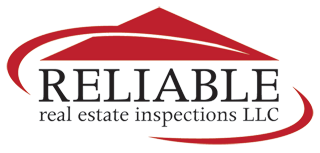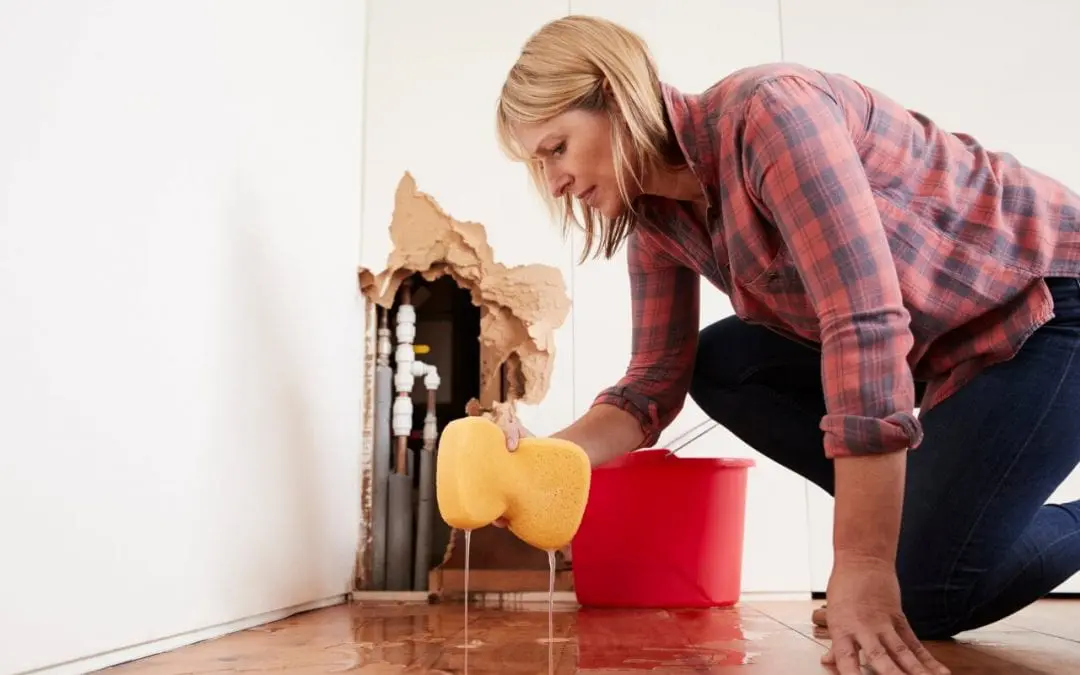Water damage to a residence might be caused by a broken pipe, leaking water heater, flood, or damaged roof. Sometimes water damage in the home can be easily handled by the homeowner. Other times the severity of the damage might require a professional restoration company. Here are some things to know when dealing with residential water damage.
Safety First
Water and electricity are a deadly combination. If you notice water accumulating on the floor or behind walls, the power should be disconnected. Even if the fuse box is in a dry area, turn off the power to your home until you are sure there is no danger to the wiring or from electrocution. If you cannot get to the fuse box, have the power company turn off the electricity.
Know What Type of Water You’re Dealing With
The first thing to do when you can safely enter your home is to learn about the source of the floodwater. Determine where the water came from to help you decide how to move forward with clean-up.
- Clean water is water from rain or broken pipes and doesn’t pose much of a health risk. You can usually safely handle this type of clean-up on your own.
- Gray water usually comes from dishwaters, clean toilets, or washing machines and is generally safe to deal with, using some protective gear.
- Black water is dangerous, filled with chemicals and/or sewage. It usually comes from sewer line backups, grease traps, or contaminated floodwaters. This type of water should be dealt with by professionals.
Assessing Water Damage in the Home
Before cleanup can occur, assess the situation. Take pictures of the damage for your insurance company. Remove valuable and irreplaceable items. Even if the water has receded, it is most likely still doing damage.
Dry any wet areas using towels or a shop vac to remove water. Run fans to circulate the air. You can also rent dehumidifiers that will help dry the wood, carpets, and surrounding areas.
Mold From Residential Water Damage
Residential water damage contributes to mold growth, which can cause serious health issues. Mold can start to grow within 24-48 hours. Wear a mask and gloves when dealing with mold. If there is extensive damage or a large mold problem, you will need to call a restoration company. Inspect materials like carpets, fabrics, insulation, and sheetrock. Porous materials will need to be removed and replaced.
Drywall should be cut about 1 foot above the water line and replaced. If there is insulation behind the damaged wall, new insulation should be installed. After discarding the damaged materials, wipe down everything using a bleach solution. Make sure the area is well ventilated before using bleach, and wear eye protection.
Ceilings and Water Damage in the Home
Water damaged ceilings present a real problem as they start to sag and even collapse. If the ceiling has sustained damages, this should be dealt with promptly. Unless you are experienced with this work, call professionals to handle the ceiling repairs.
Wood Floors
If carpet and padding get soaked, they will need to be replaced. Water can seep into wood floors, damaging not only the hardwood but also the subfloor underneath. Install water-resistant flooring like ceramic tile, high-end vinyl, or engineered wood materials that can help reduce the amount of damage in the future.
Reliable Real Estate Inspections provides home inspections for buyers and sellers. Contact us to request our services.

